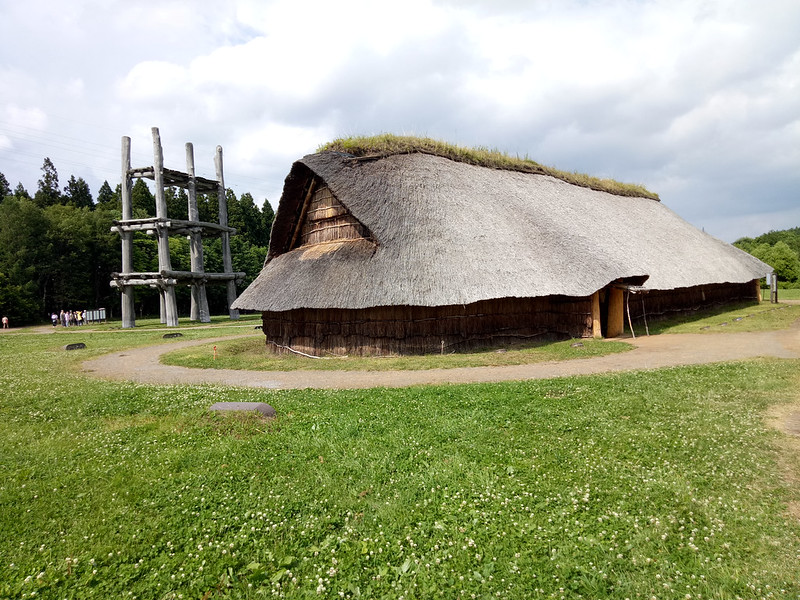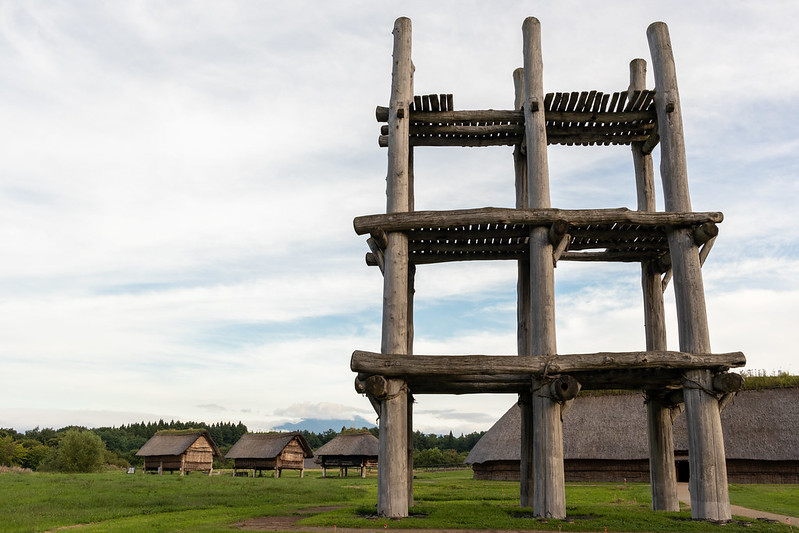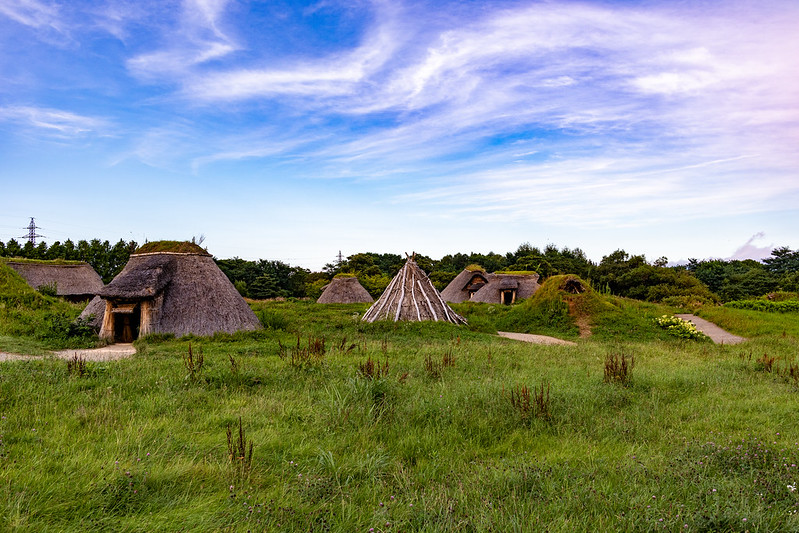
Japan’s Historical Sannai-Maruyama Site
In 1992, Aomori Prefecture began surveying a site for a possible location for a baseball stadium. Unbeknownst to the people involved, they were to discover the ancient remains of a settlement dating back to Japan’s Neolithic period. The site is now known as the Sannai-Maruyama site.
The Sannai-Maruyama site (三内丸山遺跡) is located southwest of Aomori City. The historical ruins can be traced to the Jōmon period (about 12,000 BCE) when Japan was inhabited by a nomadic culture that later evolved into a degree of sedentism and cultural complexity. Further excavations on the Sannai-Maruyama site revealed ruins of a large village that existed over 1,500 years ago. This gave archeologists further clues on understanding the transition of ancient Jōmon people, from nomadism to sedentism. Uncovered at the site were long houses, storage pits, and above-ground storage areas. They were perfect examples that showed the various stages in the structural change of the architecture, organizational behaviors of the inhabitants, and the community.
 Sannai-Maruyama Site structures.
Sannai-Maruyama Site structures.
The first settlers of Sannai Maruyama are thought to have lived in pit houses sometime around 3,900 BCE. Over 500 pit dwellings were found at the site, each typically about three to four meters in diameter. Underground pits were used to store food. This allowed wandering settlers to keep their food safe when they left the site.
Evidence in the ruins indicated the change in how these ancient people began to evolve into a more sedentary lifestyle in how they lived and stored their food above ground in buildings and long-house dwellings.
Small houses in Sannai-Maruyama Site.
Also excavated in the site were long-houses, oval-shaped and larger than pit dwellings. One of the more prominent structures uncovered in the Sannai Maruyama site was a large six-pillared building built sometime near 2,600 BCE. It was believed to have held platforms that functioned as a watchtower or a monument.
Several buildings have been restored in the Sannai Maruyama site, providing a glimpse of the advanced construction techniques of the Jōmon people. There is also an exhibit that showcases other items discovered at the site such as earthenware, flat clay figures, knitted baskets, and other personal ornaments. The Sannai Maruyama site was designated a Special National Historical Site of Japan in 2000.

